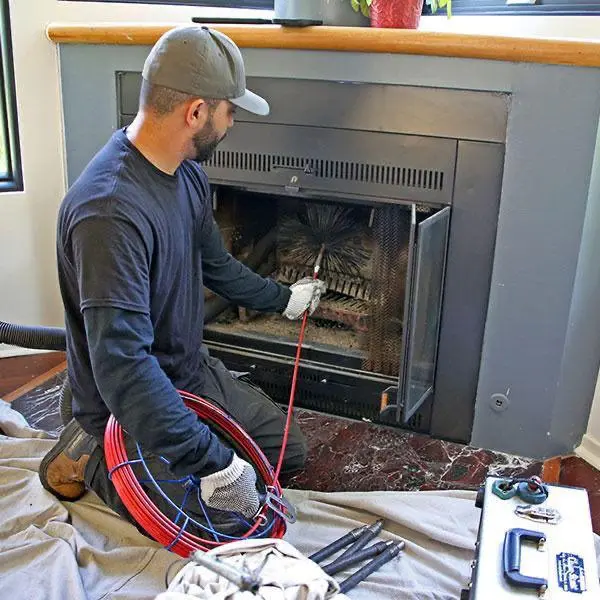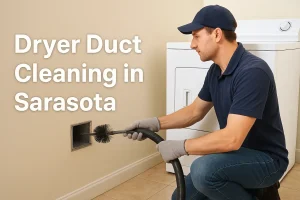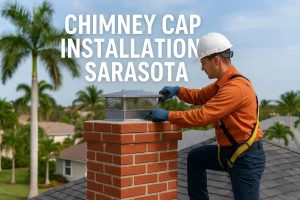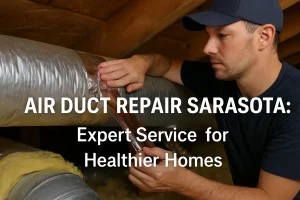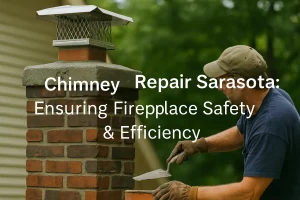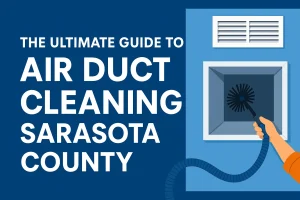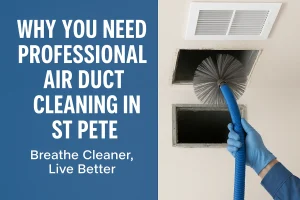A well-maintained chimney is essential for the safety and efficiency of your fireplace. Regular chimney maintenance not only ensures proper ventilation but also prevents hazardous issues like creosote buildup, blockages, and structural damage. Neglecting maintenance can lead to expensive repairs and pose serious fire hazards. In this guide, we will explore the best chimney maintenance practices to keep your chimney in top shape year-round.
Why Chimney Maintenance is Important
Chimneys play a vital role in directing smoke and harmful gases safely out of your home. Without proper upkeep, soot, creosote, and debris can accumulate, leading to reduced efficiency and dangerous conditions. Regular chimney maintenance helps:
- Prevent chimney fires caused by excessive creosote buildup.
- Reduce the risk of carbon monoxide poisoning due to blockages.
- Extend the lifespan of your chimney and fireplace.
- Improve heating efficiency, saving you money on energy bills.
- Avoid costly structural repairs caused by water damage and deterioration.
Now, let’s dive into the essential steps for effective chimney maintenance.
1. Schedule Annual Chimney Inspections
One of the most important aspects of chimney maintenance is scheduling an annual inspection. A certified chimney professional can detect hidden damage, creosote buildup, and potential safety hazards before they become serious problems.
Pro Tip:
The National Fire Protection Association (NFPA) recommends having your chimney inspected at least once a year. Even if you don’t use your fireplace often, blockages from birds, leaves, and debris can still occur.
2. Watch for Creosote Buildup
Creosote is a highly flammable byproduct of burning wood that accumulates on the chimney walls. If not removed regularly, it can ignite and cause dangerous chimney fires.
How to Reduce Creosote Buildup:
- Burn only seasoned hardwood like oak, maple, or hickory.
- Avoid burning wet or green wood, as it produces more smoke and creosote.
- Consider using a chimney sweeping log to help loosen creosote deposits.
- Schedule professional chimney cleaning if the creosote layer is more than 1/8 inch thick.
3. Check for Cracks or Loose Bricks
Over time, chimneys are exposed to extreme weather conditions, leading to cracks and deterioration. Damaged bricks and mortar can allow water to seep in, causing further structural damage.
Solution:
- Inspect your chimney exterior for cracks, gaps, or loose bricks.
- Apply a waterproof sealant to protect against moisture damage.
- If you notice significant damage, consult a chimney repair specialist immediately.
4. Ensure Proper Ventilation & Blockage Removal
A blocked chimney can lead to poor airflow, which may cause carbon monoxide buildup inside your home. Common obstructions include bird nests, leaves, and soot accumulation.
Prevention Tips:
- Install a chimney cap to keep out animals and debris.
- Regularly check for obstructions, especially after storms or heavy winds.
- If you suspect a blockage, schedule a professional chimney cleaning immediately.
5. Keep Your Fireplace & Chimney Clean
Regular cleaning is a crucial part of chimney maintenance. A clean fireplace reduces soot buildup and enhances overall efficiency.
Cleaning Tips:
- Remove excess ash and soot after each use.
- Clean the firebox regularly to prevent excessive soot accumulation.
- Use a metal container with a lid to safely dispose of ashes.
- Hire a professional chimney sweep at least once a year for a thorough cleaning.
6. Install a Chimney Liner
A chimney liner adds an extra layer of protection by preventing heat from damaging the chimney walls. It also improves airflow and enhances the efficiency of your fireplace.
Benefits of a Chimney Liner:
- Reduces the risk of fire hazards.
- Prevents corrosive gases from damaging chimney bricks.
- Improves overall chimney efficiency.
- Helps maintain proper ventilation.
7. Protect Your Chimney from Water Damage
Water is one of the biggest threats to chimney structures. Moisture can cause bricks to deteriorate, leading to costly repairs.
How to Prevent Water Damage:
- Install a chimney cap to keep out rain and snow.
- Seal cracks and apply a waterproof coating to the chimney exterior.
- Ensure the chimney crown is intact and properly sloped to prevent water pooling.
- Regularly inspect the flashing around the chimney base to avoid leaks.
8. Address Chimney Odors
If you notice unpleasant odors coming from your fireplace, it could be due to creosote buildup, moisture, or trapped debris.
How to Eliminate Chimney Odors:
- Clean the chimney regularly to remove soot and creosote.
- Use a chimney deodorizer or baking soda to neutralize smells.
- Ensure proper ventilation to keep air circulating.
Final Thoughts on Chimney Maintenance
Routine chimney maintenance is essential for the safety, efficiency, and longevity of your chimney and fireplace. By following these essential tips, you can avoid costly repairs, reduce fire hazards, and enjoy a warm and cozy home.
Key Takeaways:
- Schedule annual chimney inspections.
- Remove creosote buildup to prevent chimney fires.
- Check for cracks, loose bricks, and water damage.
- Install a chimney cap and liner for added protection.
- Keep your fireplace clean and well-ventilated.
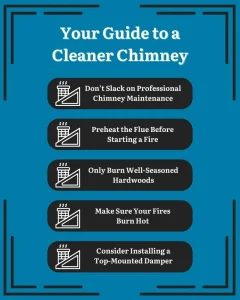
Don’t wait until problems arise! Prioritize chimney maintenance today and keep your home safe and warm all year long. If you need professional assistance, schedule a chimney inspection and cleaning with a certified expert.

